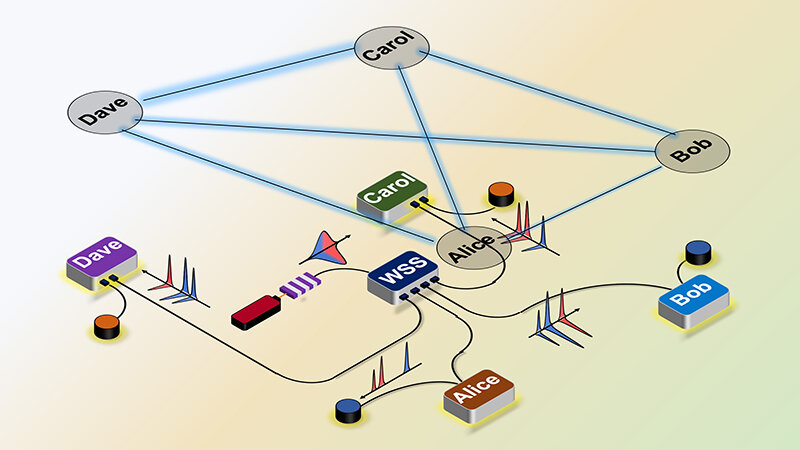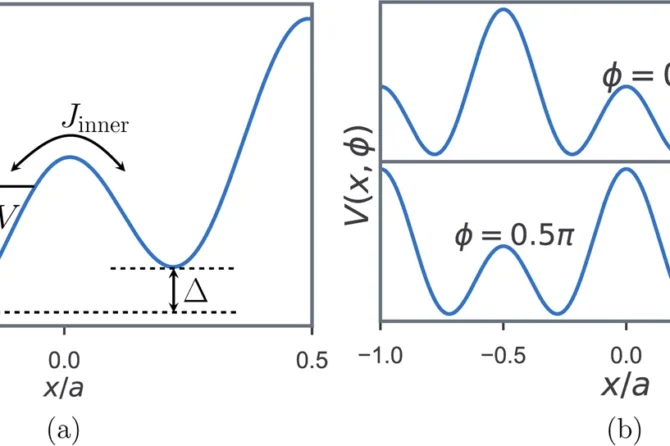Purdue University engineers have addressed an issue barring the development of quantum networks.
The team deployed a programmable switch to adjust how much data goes to each user by selecting and redirecting wavelengths of light carrying the different data channels, making it possible to increase the number of users without adding to photon loss as the network gets bigger.
Flexible grid wavelength division multiplexing is a powerful tool in lightwave communications to maximize spectral efficiency. In the emerging field of quantum networking, the need for effective resource provisioning is particularly acute, given the generally lower power levels, higher sensitivity to loss, and inapplicability of optical detection and retransmission. The engineers leveraged flex grid technology to demonstrate reconfigurable distribution of quantum entanglement in a four-user tabletop network. By adaptively partitioning bandwidth with a single wavelength-selective switch, the team successfully equalized two-party coincidence rates that initially differ by over two orders of magnitude.
Instead of needing to add dozens of fixed optical filters each time that a new user joins the network, the engineers could just program the wavelength-selective switch to direct data-carrying wavelengths over to each new user—reducing operational and maintenance costs as well as making a quantum internet more efficient.
The wavelength-selective switch also can be programmed to adjust bandwidth according to a user’s needs, which has not been possible with fixed optical filters. Some users may be using applications that require more bandwidth than others, similarly to how watching shows through a web-based streaming service uses more bandwidth than sending an email.
For a Quantum Internet, forming connections between users and adjusting bandwidth means distributing entanglement, the ability of photons to maintain a fixed quantum mechanical relationship with one another no matter how far apart they may be to connect users in a network.
The switch also is capable of using a “flex grid,” like classical lightwave communications now uses, to partition bandwidth to users at a variety of wavelengths and locations rather than being restricted to a series of fixed wavelengths, each of which would have a fixed bandwidth or information carrying capacity at fixed locations. (Phys.org)
The paper has been published in Optica.
The post Adaptive bandwidth management for entanglement distribution in quantum networks appeared first on Swiss Quantum Hub.



